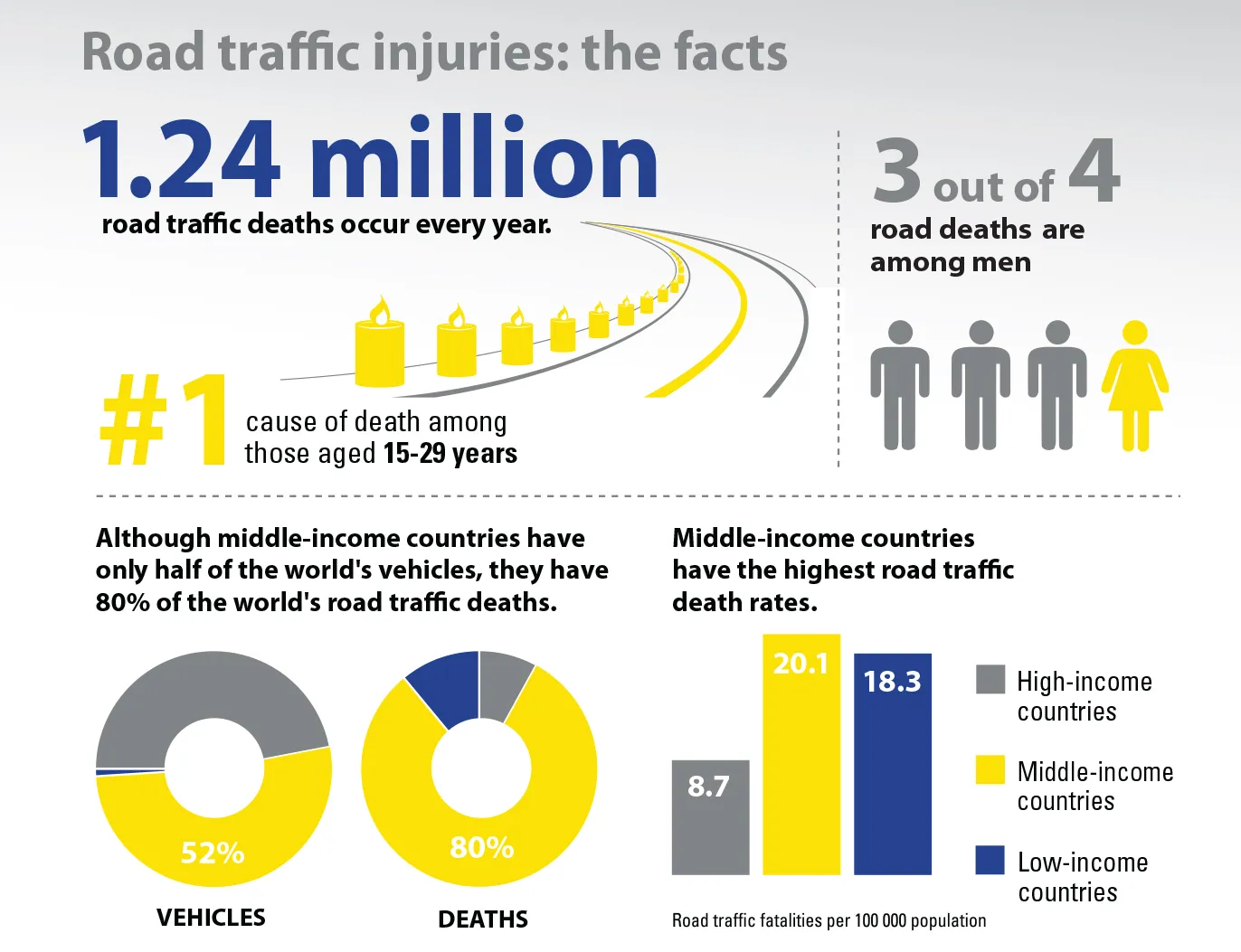US drivers are getting older, while there are now more females than males behind the wheel in the country. The latest data shows that nearly 20% of drivers in the US are aged 65 or more, and women drivers now outnumber male drivers. These trends have been identified as a result of data analysis by the US Department of Transportation's Federal Highway Administration (FHWA). The preliminary data from the FHWA shows that the US now has more drivers than ever before, an estimated 217.9 million. The research sho
October 20, 2016
Read time: 3 mins
US drivers are getting older, while there are now more females than males behind the wheel in the country. The latest data shows that nearly 20% of drivers in the US are aged 65 or more, and women drivers now outnumber male drivers. These trends have been identified as a result of data analysis by the 2364 US Department of Transportation's 2410 Federal Highway Administration (FHWA). The preliminary data from the FHWA shows that the US now has more drivers than ever before, an estimated 217.9 million. The research shows that 42.8 million, or nearly one in five, are over 65 years old. At 110.4 million, women drivers outnumbered the 107.6 million men drivers recorded for last year, continuing a trend that began in 2005.
The final data analysis is expected to be published later this year. Drivers over 65 remain one of the fastest-growing demographic groups among US drivers. With a 2% increase, representing 4.4 million more drivers over 65 than in the previous year, it is the biggest single-year increase on record for that population.
These new figures support US Transportation Secretary Anthony Foxx’s “Beyond Traffic,” a 30-year vision for future transportation, which predicts a 77% increase among drivers over age 65 by 2045.
The data collected from all 50 states and Washington, DC, show there were 217.9 million licensed drivers in 2015. Drivers who are 80 or older increased by 1.1% since 2014.
FHWA researchers continue to develop and improve safety enhancements for America’s roads to address the challenges facing older drivers, ranging from declining vision to decreased flexibility and psychomotor performance, and changes in perceptual and cognitive performance. Some innovations include longer merge lanes, roundabouts, better lighting, more visible signage and other intersection improvements. Statistically, older drivers do not have a particularly high crash rate, perhaps because they tend to offset their declining physical capabilities by driving more conservatively.
Young male drivers remain the highest risk group in terms of road safety, often due to a potentially lethal combination of bravado, lack of experience and a willingness to use cellphones at the wheel.
The number of teen drivers increased slightly for the first time in two years, rising to 8.73 million from 8.5 million in 2014, but continuing to remain at a near-record low. By comparison, there were nearly 10 million teen drivers in 2008.
The data show 56 million drivers between the ages of 20-34, generally known as “millennials,” which accounted for nearly one in four US drivers last year – up slightly from the 54.9 million reported in 2014.
The final data will be published later this year in FHWA's "Highway Statistics," an annual compilation of information about drivers, vehicles and roads. The data reflect the growing demands on the US highway system and inform decisions by transportation policy makers, researchers and academia.
Additional information about how the FHWA designs roads for older drivers can be found in "Handbook for Designing Roadways for the Aging Population," %$Linker:2 External <?xml version="1.0" encoding="utf-16"?><dictionary /> 0 0 0 oLinkExternal available online Visit safety.fhwa.dot.gov Website false http://safety.fhwa.dot.gov/older_users/handbook false false %>, which offers substantial information on the methods and techniques used to accommodate this growing driver demographic.
The final data analysis is expected to be published later this year. Drivers over 65 remain one of the fastest-growing demographic groups among US drivers. With a 2% increase, representing 4.4 million more drivers over 65 than in the previous year, it is the biggest single-year increase on record for that population.
These new figures support US Transportation Secretary Anthony Foxx’s “Beyond Traffic,” a 30-year vision for future transportation, which predicts a 77% increase among drivers over age 65 by 2045.
The data collected from all 50 states and Washington, DC, show there were 217.9 million licensed drivers in 2015. Drivers who are 80 or older increased by 1.1% since 2014.
FHWA researchers continue to develop and improve safety enhancements for America’s roads to address the challenges facing older drivers, ranging from declining vision to decreased flexibility and psychomotor performance, and changes in perceptual and cognitive performance. Some innovations include longer merge lanes, roundabouts, better lighting, more visible signage and other intersection improvements. Statistically, older drivers do not have a particularly high crash rate, perhaps because they tend to offset their declining physical capabilities by driving more conservatively.
Young male drivers remain the highest risk group in terms of road safety, often due to a potentially lethal combination of bravado, lack of experience and a willingness to use cellphones at the wheel.
The number of teen drivers increased slightly for the first time in two years, rising to 8.73 million from 8.5 million in 2014, but continuing to remain at a near-record low. By comparison, there were nearly 10 million teen drivers in 2008.
The data show 56 million drivers between the ages of 20-34, generally known as “millennials,” which accounted for nearly one in four US drivers last year – up slightly from the 54.9 million reported in 2014.
The final data will be published later this year in FHWA's "Highway Statistics," an annual compilation of information about drivers, vehicles and roads. The data reflect the growing demands on the US highway system and inform decisions by transportation policy makers, researchers and academia.
Additional information about how the FHWA designs roads for older drivers can be found in "Handbook for Designing Roadways for the Aging Population," %$Linker:






